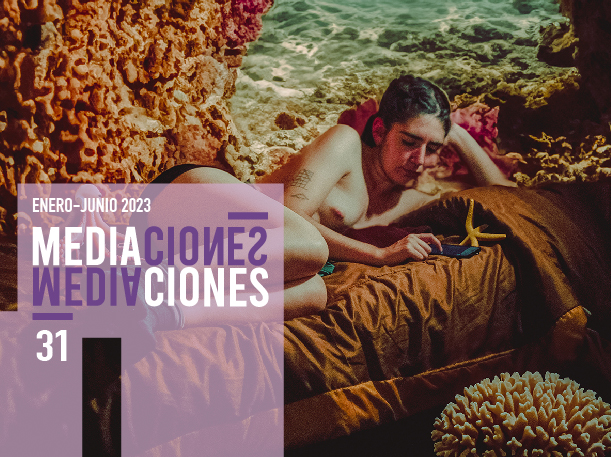Evidences, Transformations and Displacements of the Body in Dystopian Societies: A Reflection From the Artistic Production of Libia Posada
Main Article Content
Abstract
The purpose of this writing is to present sections of the results obtained in the research process of my master's thesis entitled Lessons in female anatomy: A preliminary reading of the work of Libia Posada 1998-2014. I have grouped the results into three sections: A perverse target, Transformations and Displacements of the Body in Dystopian Societies and Sensitive Evidence. e conceptual axes that guide the development of the research are an introduction to the life and work of the artist; a description of her works in conceptual and formal terms, based on the methodologies of art history with a feminist perspective, and the development of reflections on the place of women in her artistic work. Axes that continually dialogue with an interview with the artist, which allows a greater approach and understanding of her work. The above is based on the hypothesis that experiencing life from a body configured as feminine, with a subjective experience, affects artistic production, making evident feminine elements or concerns, feminist or not, that may be characteristic in art made by women.
References
Beltrán, E., Maquieira, V., Álvarez, S. y Sánchez, C. (2001). Feminismos: Debates teóricos contemporáneos. Alianza.
Bruckner, J., Wolf, C., Bovenschen, S., Lenk, E., Weigel, S., Koch, G., Erlenmann, C., Rieger, E., Möhrmann, R., Breitling, G. y Göttner, H. (1986). Estética feminista. Icaria.
Cordero, K. y Sáenz, I. (Comp.) (2007). Crítica feminista en la teoría e historia del arte. Oak.
Espinel, N. (Enero-Junio, 2018). Moverse hacia el otro. Fuerzas, afectos y afectaciones en el cuidado y la responsabilidad por otros a través de la práctica artística, Errata, (19), 174-184. https://revistaerrata.gov.co/edicion/errata19-afectos-afectividades-y-afectaciones
Herrera, C. y Olaya, V. (2014). Fotografía y violencia: la memoria actuante de las imágenes. Cuadernos De Música, Artes Visuales Y Artes Escénicas, 9(2), 89–106. https://doi.org/10.11144/Javeriana.mavae9-2.fvma
Phelan, P. y Reckitt, H. (2005). Arte y feminismo. Phaidon.
Ramírez, E. (Enero-Junio, 2013). Libia Posada: Cartografías del sentir, Arte y diseño (11), 38-41.
Roca, J. y Suárez, S. (2012). Transpolítico arte en Colombia: 1992-2012. Lunwerg.
Sontag, S. (2010). Sobre la Fotografía. Random House Mondadori.
Picó, J. (Comp.). (1988). Modernidad y postmodernidad. Alianza.
Rodríguez, D. (2012). Obraviva. Banco de la República.
Rubiano, E. (2022). Los rostros, las tumbas y los rastros: El dolor de la guerra en el arte colombiano. Universidad Jorge Tadeo Lozano.






